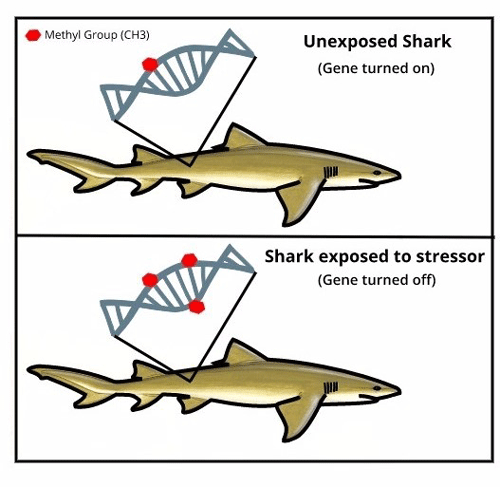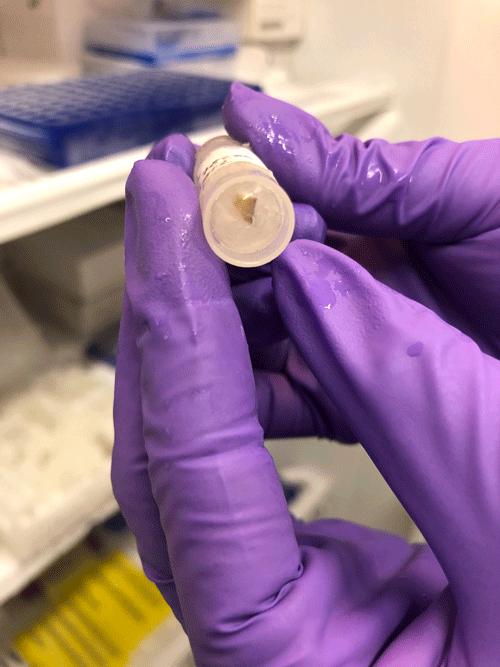What is Epigenetics?
Epigenetics refers to changes in your phenotype, including what you see (e.g., hair colour) as well as what you do not (e.g., how much of a hormone is expressed), that do not correlate to changes in the DNA sequence. Most people are familiar with genetics, especially with all the new kits out there (like 23 and me) to find out your ancestry and learn about genes that might have implications for your health. For example, if you find out that you have a version of a gene (called alleles) that has been correlated to a disease, that does not always mean that you will definitely get this disease. It might depend on what other factors you have been exposed to during your life, such as smoking or eating junk food all the time. This is just one of the many ways in which epigenetics might be important for understanding why, among people sharing the same allele, some suffer diseases while others do not. Epigenetics modulates how our DNA works by way of specific marks, epigenetic marks. One of them is DNA methylation, connecting the environment, your genome, and your phenotype by turning genes on and off in response to what you encounter in the environment (see figure).

Final shark DNA methlation image. Image by Andria Beal
Why Epigenetics for shark conservation?
Sharks encounter many threats in the environment ranging from fishing pressure to pollutants. On top of this, these animals are large in size and highly mobile, making them very hard to study in many aspects. Biopsy darting has opened the door for us to obtain small tissue samples on even the largest and hardest species to collect information from. However, these samples are usually not enough to gather all the information we might need for comprehensive studies using traditional experimental approaches.

Small fin clip sample. Photo © Andria Beal

Clearest fin sample. Photo © Andria Beal
Epigenetics helps us overcome this limitation because it is able to tell us more than DNA alone can. That is why I have chosen to study epigenetics in these animals, as this new discipline helps develop tools that can help us obtain important information on these animals, such as age, exposures to stressors in the environment, and to learn how these animals are physically affected by stressors. Because DNA methylation changes with age and in response to the environment, there is a lot of information we can gather by studying these marks. For example from my project funded by Save Our Seas, in Bimini, different nursery areas are subjected to differing amounts of human disturbance (see below how busy this little island gets!). By conducting epigenetic analyses, we will be able to identify specific patterns that correlate to these different stressors, and if we look at where these marks occur in the genome we can learn more about how these stressors affect shark traits such as physiology, behaviour, or reproduction.

Below, a video clip of how busy this inlet gets coming into the bay (nursery area) waters of Bimini.
